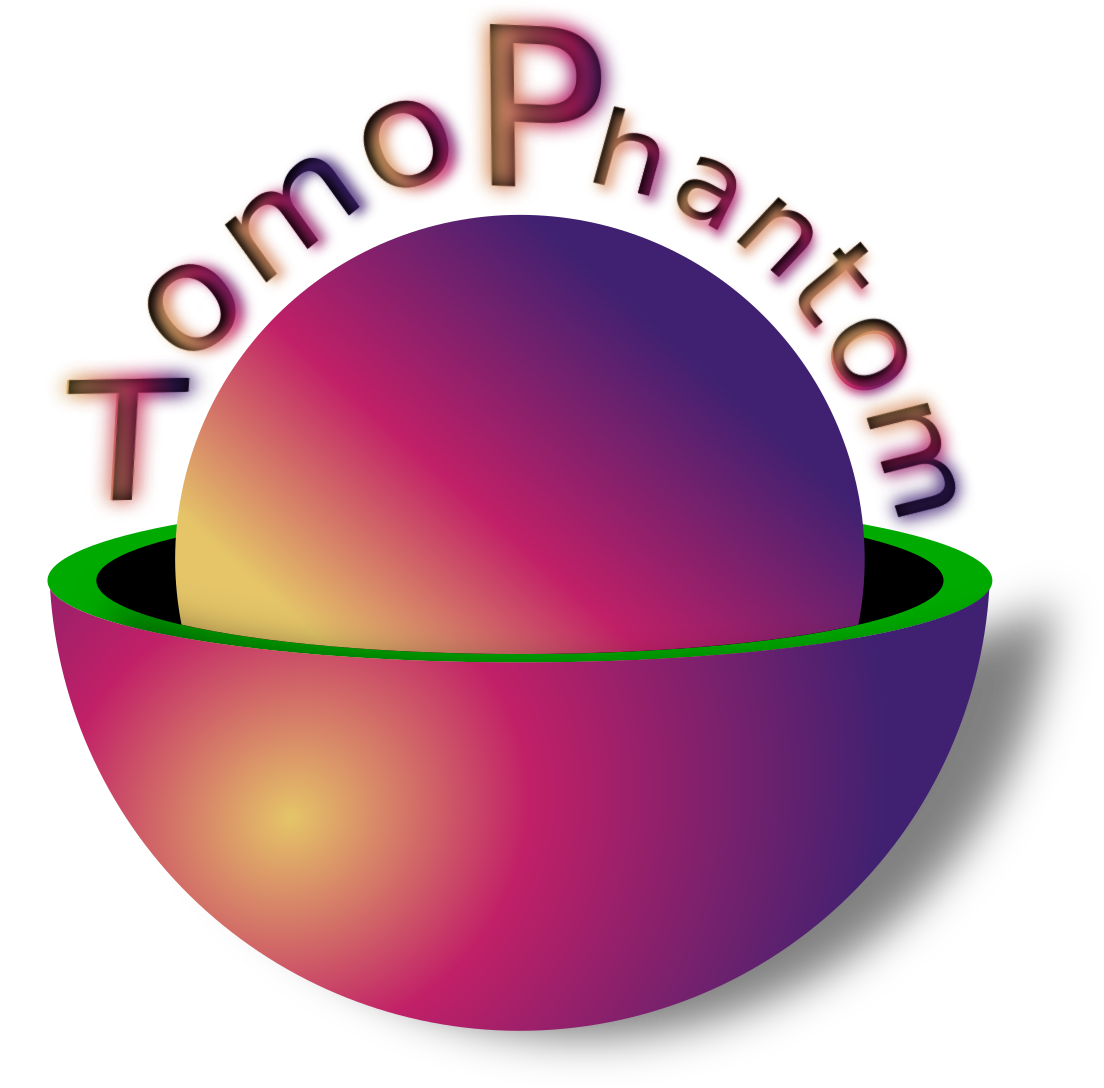"""The set of modules to generate 2D/3D :ref:`ref_glossary_random_phantoms`. Specifically "foam"-like phantoms.
"""
import numpy as np
import math
import random
def _rand_init2D(x0min, x0max, y0min, y0max, c0min, c0max, ab_min, ab_max):
import numpy as np
x0 = np.random.uniform(low=x0min, high=x0max)
y0 = np.random.uniform(low=y0min, high=y0max)
c0 = np.random.uniform(low=c0min, high=c0max)
ab = np.random.uniform(low=ab_min, high=ab_max)
return (x0, y0, c0, ab)
def _rand_init3D(
x0min, x0max, y0min, y0max, z0min, z0max, c0min, c0max, ab_min, ab_max
):
import numpy as np
x0 = np.random.uniform(low=x0min, high=x0max)
y0 = np.random.uniform(low=y0min, high=y0max)
z0 = np.random.uniform(low=z0min, high=z0max)
c0 = np.random.uniform(low=c0min, high=c0max)
ab = np.random.uniform(low=ab_min, high=ab_max)
return (x0, y0, z0, c0, ab)
[docs]
def foam2D(
x0min,
x0max,
y0min,
y0max,
c0min,
c0max,
ab_min,
ab_max,
N_size,
tot_objects,
object_type,
):
"""
Function to generate 2D foam-like structures using different object types (ellipse, parabola, gaussian) with random parameters.
"""
# 2D functions
from tomophantom import TomoP2D
from tomophantom.TomoP2D import Objects2D
attemptsNo = 2000 # the number of attempts to fit the object
# objects accepted: 'ellipse', 'parabola', 'gaussian', 'mix'
mix_objects = False
if object_type == "ellipse":
object_type = Objects2D.ELLIPSE
elif object_type == "parabola":
object_type = Objects2D.PARABOLA
elif object_type == "gaussian":
object_type = Objects2D.GAUSSIAN
elif object_type == "mix":
mix_objects = True
else:
raise TypeError("object_type can be only ellipse, parabola, gaussian or mix")
X0 = np.float32(np.zeros(tot_objects))
Y0 = np.float32(np.zeros(tot_objects))
AB = np.float32(np.zeros(tot_objects))
C0_var = np.float32(np.zeros(tot_objects))
for i in range(0, tot_objects):
(x0, y0, c0, ab) = _rand_init2D(
x0min, x0max, y0min, y0max, c0min, c0max, ab_min, ab_max
)
if i > 0:
breakj = False
for j in range(0, attemptsNo):
if breakj == True:
(x0, y0, c0, ab) = _rand_init2D(
x0min, x0max, y0min, y0max, c0min, c0max, ab_min, ab_max
)
breakj = False
else:
for l in range(
0, i
): # checks consistency with previously created objects
dist = math.sqrt((X0[l] - x0) ** 2 + (Y0[l] - y0) ** 2)
if (dist < (ab + AB[l])) or (
(abs(x0) + ab) ** 2 + (abs(y0) + ab) ** 2 > 1.0
):
breakj = True
break
if breakj == False: # re-initialise if doesn't fit the criteria
X0[i] = x0
Y0[i] = y0
AB[i] = ab
C0_var[i] = c0
break
if AB[i] == 0.0:
X0[i] = x0
Y0[i] = y0
AB[i] = 0.0001
C0_var[i] = c0
myObjects = [] # dictionary of objects
for obj in range(0, len(X0)):
if mix_objects == True:
rand_obj = random.randint(0, 2)
if rand_obj == 0:
object_type = Objects2D.ELLIPSE
if rand_obj == 1:
object_type = Objects2D.PARABOLA
if rand_obj == 2:
object_type = Objects2D.GAUSSIAN
curr_obj = {
"Obj": object_type,
"C0": C0_var[obj],
"x0": X0[obj],
"y0": Y0[obj],
"a": AB[obj],
"b": AB[obj],
"phi": 0.0,
}
myObjects.append(curr_obj)
Object = TomoP2D.Object(N_size, myObjects)
return (Object, myObjects)
# Function to generate 3D foam-like structures using randomly located spheres
[docs]
def foam3D(
x0min,
x0max,
y0min,
y0max,
z0min,
z0max,
c0min,
c0max,
ab_min,
ab_max,
N_size,
tot_objects,
object_type,
):
"""
Function to generate 3D foam-like structures using different object types (ellipsoids, paraboloids, gaussians) with random parameters.
"""
# 3D functions
from tomophantom import TomoP3D
from tomophantom.TomoP3D import Objects3D
attemptsNo = 2000
# objects accepted: 'ellipsoid', 'paraboloid', 'gaussian', 'mix'
mix_objects = False
if object_type == "ellipsoid":
object_type = Objects3D.ELLIPSOID
elif object_type == "paraboloid":
object_type = Objects3D.PARABOLOID
elif object_type == "gaussian":
object_type = Objects3D.GAUSSIAN
elif object_type == "mix":
mix_objects = True
else:
raise TypeError("object_type can be only ellipse, parabola, gaussian or mix")
X0 = np.float32(np.zeros(tot_objects))
Y0 = np.float32(np.zeros(tot_objects))
Z0 = np.float32(np.zeros(tot_objects))
AB = np.float32(np.zeros(tot_objects))
C0_var = np.float32(np.zeros(tot_objects))
for i in range(0, tot_objects):
(x0, y0, z0, c0, ab) = _rand_init3D(
x0min, x0max, y0min, y0max, z0min, z0max, c0min, c0max, ab_min, ab_max
)
if i > 0:
breakj = False
for j in range(0, attemptsNo):
if breakj:
(x0, y0, z0, c0, ab) = _rand_init3D(
x0min,
x0max,
y0min,
y0max,
z0min,
z0max,
c0min,
c0max,
ab_min,
ab_max,
)
breakj = False
else:
for l in range(
0, i
): # checks consistency with previously created objects
dist = math.sqrt(
(X0[l] - x0) ** 2 + (Y0[l] - y0) ** 2 + (Z0[l] - z0) ** 2
)
if (dist < (ab + AB[l])) or (
(abs(x0) + ab) ** 2
+ (abs(y0) + ab) ** 2
+ (abs(z0) + ab) ** 2
> 1.0
):
breakj = True
break
if breakj == False: # re-initialise if doesn't fit the criteria
X0[i] = x0
Y0[i] = y0
Z0[i] = z0
AB[i] = ab
C0_var[i] = c0
break
if AB[i] == 0.0:
X0[i] = x0
Y0[i] = y0
AB[i] = 0.0001
C0_var[i] = c0
myObjects = [] # dictionary of objects
for obj in range(0, len(X0)):
if mix_objects == True:
rand_obj = random.randint(0, 2)
if rand_obj == 0:
object_type = Objects3D.ELLIPSOID
if rand_obj == 1:
object_type = Objects3D.PARABOLOID
if rand_obj == 2:
object_type = Objects3D.GAUSSIAN
curr_obj = {
"Obj": object_type,
"C0": C0_var[obj],
"x0": X0[obj],
"y0": Y0[obj],
"z0": Z0[obj],
"a": AB[obj],
"b": AB[obj],
"c": AB[obj],
"phi1": 0.0,
}
myObjects.append(curr_obj)
Object3D = TomoP3D.Object(N_size, myObjects)
return (Object3D, myObjects)

